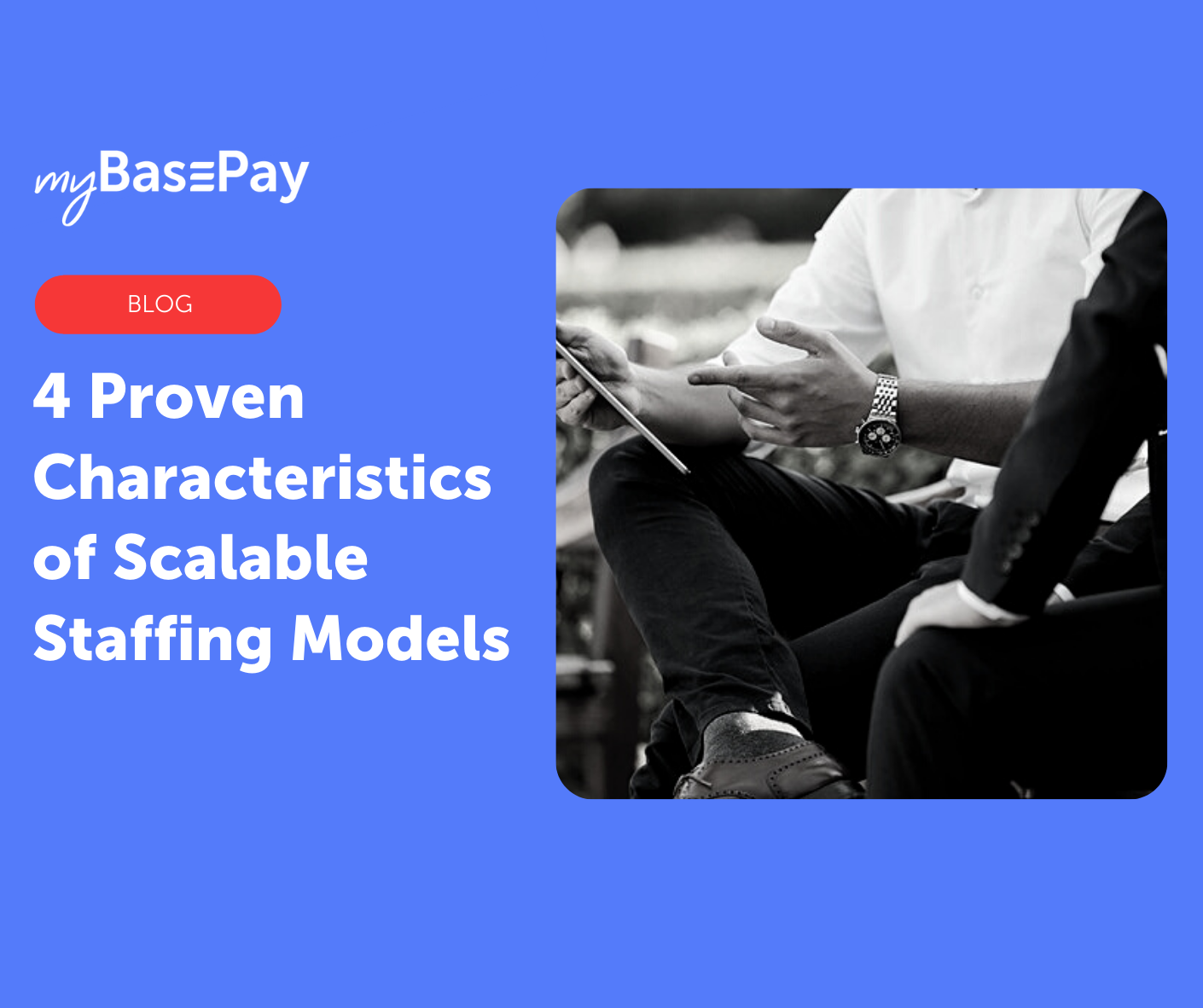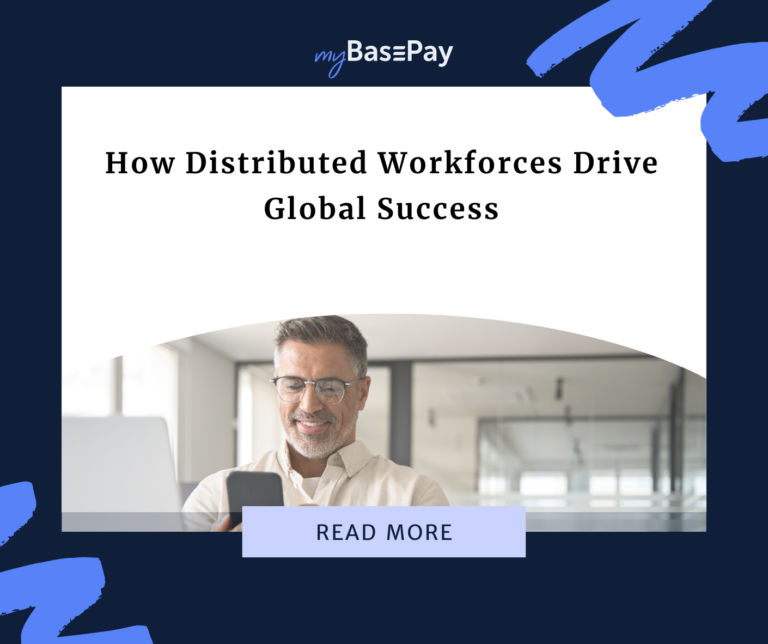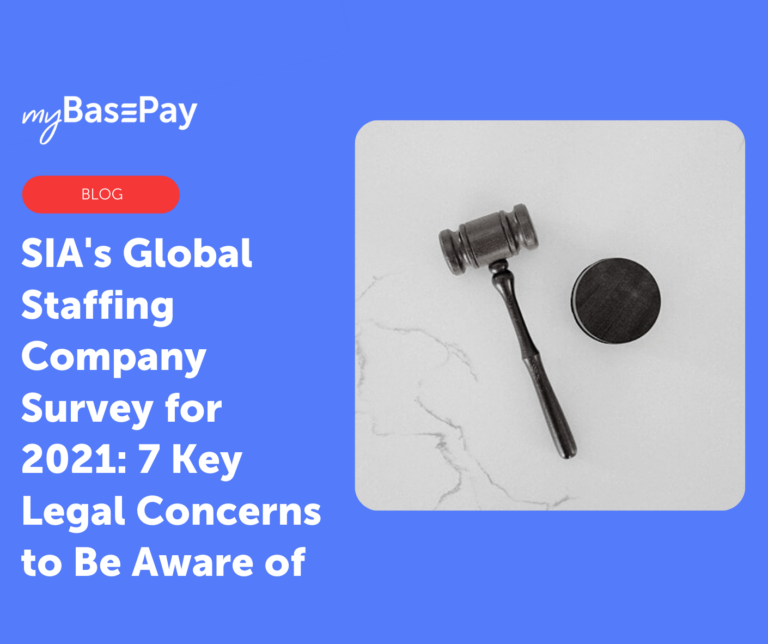4 Proven Characteristics of Scalable Staffing Models
No matter what the industry, every company relies on talent acquisition and retention for their growth and lasting success. Unfortunately, many organizations struggle because their staffing and hiring models aren’t truly scalable. As the business and its hiring needs grow, their staffing systems often struggle to keep up.
This results in an environment where the organization is constantly falling behind on filling important vacant positions. Current employees can easily become overwhelmed by their workload, increasing the risk of burnout and high turnover.
To avoid this, businesses must make use of scalable staffing models that can easily adapt based on their growth needs. Incorporating key attributes of a scalable staffing model will ensure consistent outcomes, no matter what the size of the business.
1. Account for Contingent and Full-Time Workers
Roughly 59 million Americans freelance — over one-third of the entire workforce. Perhaps even more noteworthy, the percentage of contingent workers who freelance full-time is also on the rise.
This changing employment environment can make staffing more complicated, but it also introduces much-needed flexibility to staffing models. Many businesses enjoy significant financial benefits by hiring contingent workers as needed for busy periods or projects that require extra support or specialist skills. This can be much less expensive than a new full-time hire.
A scalable staffing model that focuses on contingent workers gives organizations timely access to critical skills and expertise when they are needed most. This ensures that permanent employees don’t become overextended while still maximizing productivity.
While organizations must be careful to account for compliance concerns when working with contingent workers, the added flexibility to the staffing model makes your company better equipped to handle both temporary and permanent needs.
2. Building the Employer Brand
Creating an attractive employer brand lies at the heart of any successful staffing efforts. Even if the rest of your staffing model is fine-tuned to perfection, prospective workers won’t be interested in a company that has a poor reputation in regards to how it treats its employees. On the other hand, a strong employer brand can turn your business into a desirable destination for top talent.
Case in point: research from Glassdoor reveals that while 50 percent of workers would refuse to work for a company with a poor reputation even if they were offered a pay increase, 92 percent “would consider changing jobs if offered a role with a company with an excellent corporate reputation.” Their research further found that a strong employer brand has the potential to cut a business’s cost per hire in half.
Candidates listen carefully to what employees have to say about working at a company. Because of this, staffing professionals should work closely with their company’s HR team to ensure that they are creating a positive culture where employees can thrive.
From avoiding back-office mishaps with onboarding and payroll to stamping out toxic behavior at all levels, there are countless activities that can improve working conditions — and affect how employees talk about your brand with others. Providing engaging, meaningful work results in highly satisfied employees who are far more likely to recommend the business as a great place to work.
3. Developing an Accessible Talent Pool
Talent pool development is key to a staffing model’s success. Direct sourcing has gained significant traction in recent years by allowing organizations to swiftly build a privately curated talent pool.
Direct sourcing talent pools are generally comprised of individuals who have already engaged with your company on some level. This could include contractors who have worked with you before, former employees who have since become freelancers, referrals from current employees, and even “silver medalist” candidates who previously interviewed for an open position within your organization.
Actively curating and organizing a talent pool can significantly streamline the hiring and onboarding process, as these individuals have already been vetted by your organization. Quite often, they’ve already worked for you, so they understand company procedures and policies. This can be especially beneficial when hiring contingent talent, as it allows them to get up to speed and reach full productivity at a much faster rate.
Scalable staffing models should also be cognizant of diversity, equity and inclusion (DE&I) needs. Actively addressing sources of unconscious bias in everything from job postings and talent sourcing to interview processes will help your organization thrive with access to a wider range of talent.
4. Leveraging Technology
The right tech tools will prove key to managing a scalable staffing model, especially when utilizing the direct sourcing method and building your own private talent pools. Technology that enables you to keep track of applications, scheduled interviews, contractor availability and other vital actions.
Some AI tools can even integrate with existing staffing software to match open positions with individuals from your talent pools who have the right qualifications, further streamlining candidate outreach. By automating or simplifying key tasks, technology can eliminate human error and enable the people who make staffing models function to focus on higher-level tasks.
Technology integration can be especially valuable when working with remote contingent workers. Cloud productivity tools streamline onboarding by enabling new hires to access needed information using their own equipment. Video calling technology and messaging platforms allow interviews and other communications to be handled digitally.
The right technology not only streamlines work — it bolsters staffing models’ scalability by allowing recruiters to engage with talent from a broader geographic area.
Scaling to Success
When talent acquisition leaders are better equipped to adapt to fluctuating hiring demands, they will be able to succeed in finding the right talent for the right position. A scalable staffing model ensures that no matter what type of hiring environment you find yourself in, your organization will have the capacity to handle it in an efficient manner.
myBasePay can help. Offering a full suite of back-office solutions, our tools elevate the employer of record landscape with comprehensive support for invoicing, payroll, onboarding, compliance administration and other vital tasks. By giving your team more time to focus on sourcing talent and delivering a quality candidate experience, myBasePay supports your staffing efforts so you can succeed as you scale.
Author: Cesar Romero
Cesar is the Head of Marketing at myBasePay, where he’s responsible for overseeing the company’s content marketing, community, and partnerships strategy. He also co-hosts The Ivy Podcast where he interviews executives from Fortune 500 companies on executive leadership. When he’s not helping startups with marketing and community strategy, you can find him paying it forward by serving as a mentor for leading organizations like StartingBloc, Hive, and Global Citizen Year.






